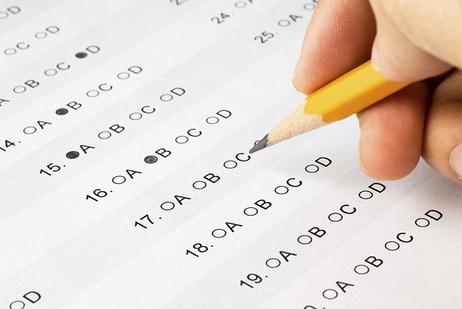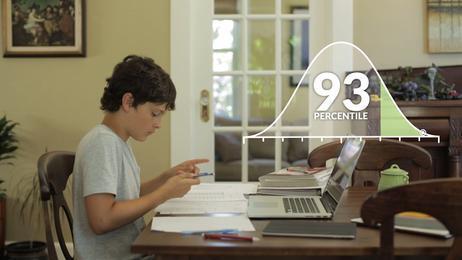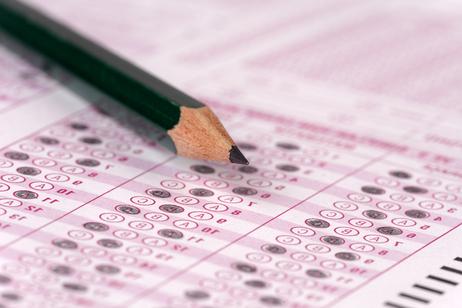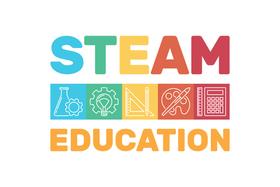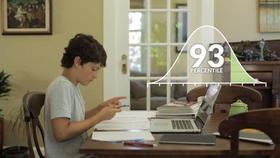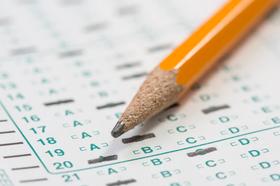The SSAT is probably unlike any test your student has ever taken. That’s because it’s designed to find the best students in a large pool of excellent students. The SSAT’s questions are significantly different—in their difficulty and their content—from questions on other standardized tests, to the point that your student isn’t even expected to know everything that’s on the test! This means that, in order for your student to have the best chance at getting a score that’ll help them get admitted to their school of choice, they’ll need to prepare for the test.
There are a lot of test prep options out there, from tutoring, to books, to online services. We’ve compiled a list of 5 of the best test prep options we’ve found. But first, here are some things to consider before choosing a prep solution:
- How does your student learn best? Some students learn best in a self-paced program where they are in control, while others may benefit from the more rigid prep plan that a tutor or a class can provide.
- Where are you now, and where do you want to go? It’s important to have an idea of your student’s score goals, and to know where they stand at the beginning of the preparation process. That means taking a full-length test that provides scores and quality feedback, and comparing that performance to where they need to be. If you don’t know what score your student needs to aim for, check out the

